Destination Guide


Okcs Retreat Setouchi Aonagi Matsuyama, Japan
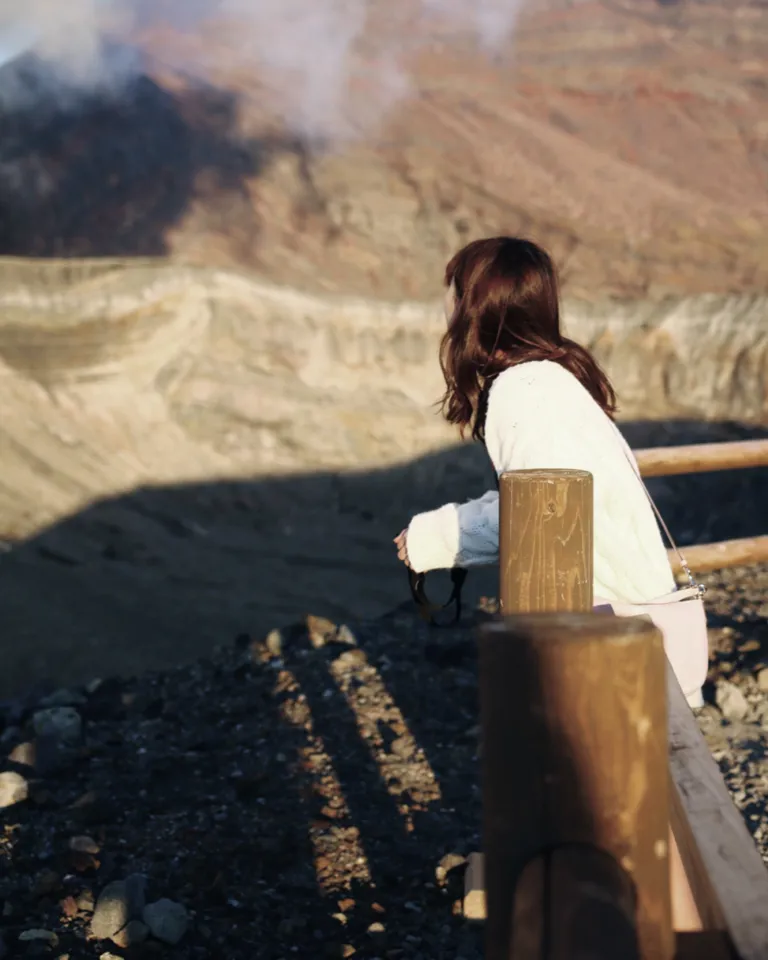
On the one hand, it is a hyperfuturistic vision of neon and next-gen tech, while on the other, it is a place of deeply held traditions from Shinto to samurai. Japan is a long and slender, highly volcanic archipelago. Over two-thirds of it is covered by mountains, with bubbling hot springs at every turn. Each season offers its own charm. In the warmer months there is excellent hiking, through cedar groves and fields of wildflowers, up to soaring peaks and ancient shrines. In the winter, all this is covered with snow and the skiing is world class.
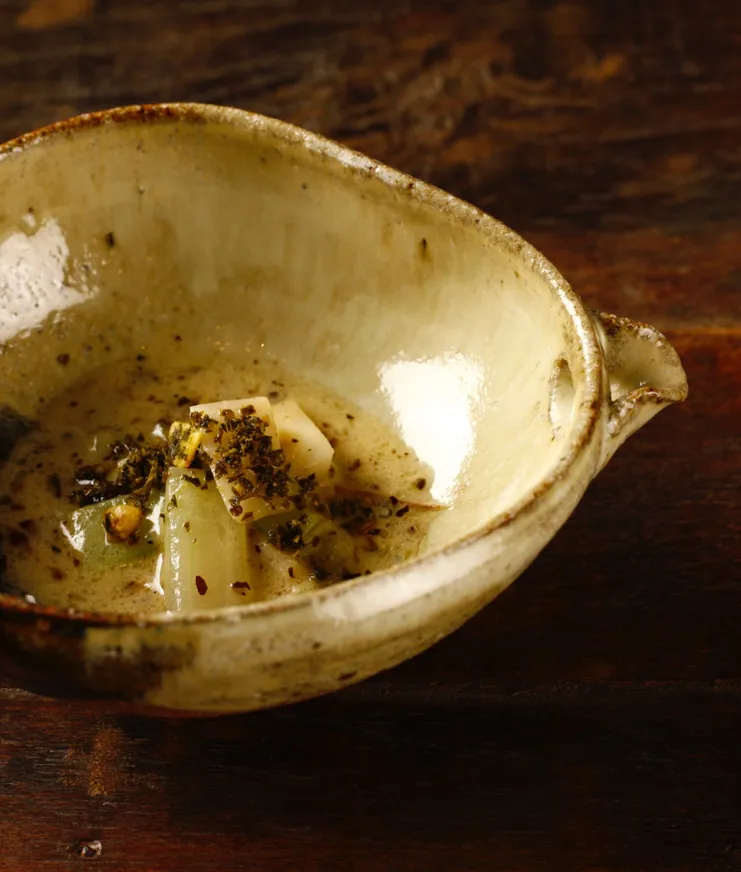
Food at Satoyama Jujo Dishes feature locally sourced seasonal ingredients
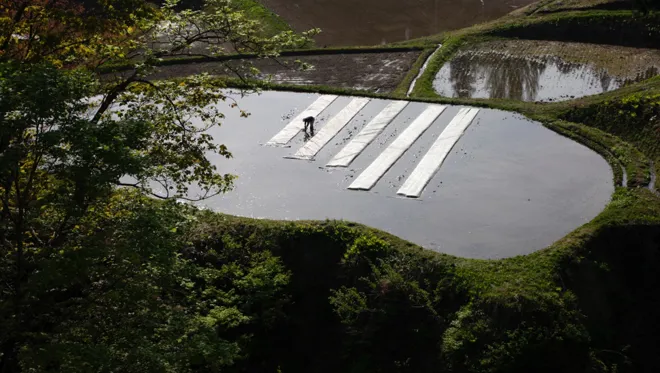
Minami-Uonuma Rice from this region is considered the best in Japan

Keiko Kuwakino One of the three food creators at Satoyama Jujo
Tokyo’s seemingly never-ending sprawl is a marvel, the ultimate city in which to get lost and enjoy local hospitality in izakayas, before quiet contemplation in hidden temples. To connect with the country’s traditional culture, head away from the capital and spend the night in a ryokan (traditional Japanese inn), sleeping on futons and tatami mats, and padding through well-worn wooden halls to the bathhouse. The island nation is also known for its stunning nature—from soaring mountains and remote beaches, to forests that invite Shinrin-yoku or forest bathing, meaning time spent appreciating a forest for health reasons.
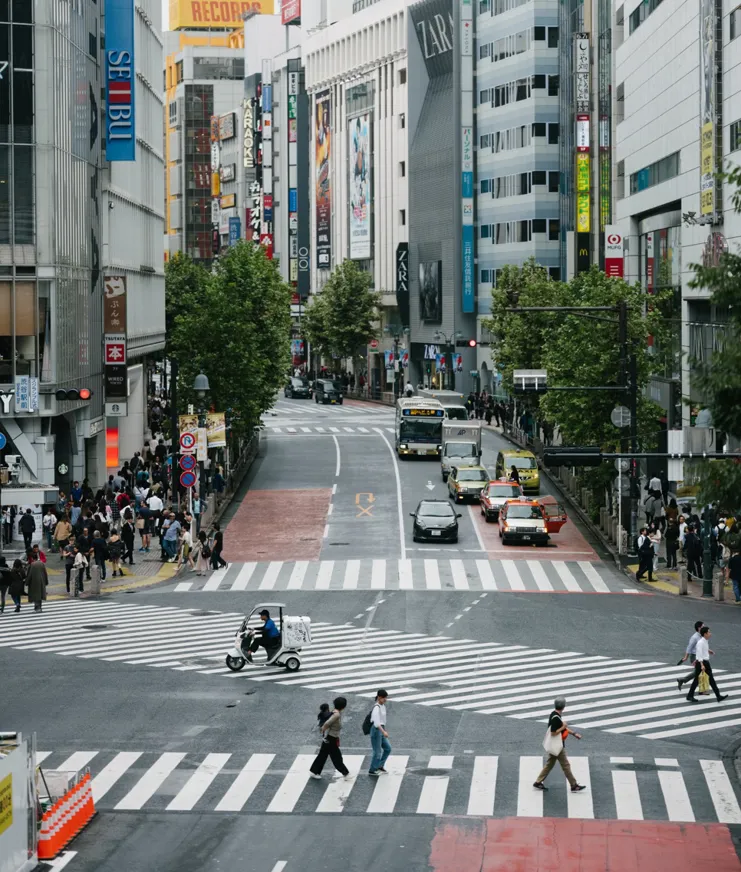
Tokyo street view A city of the future
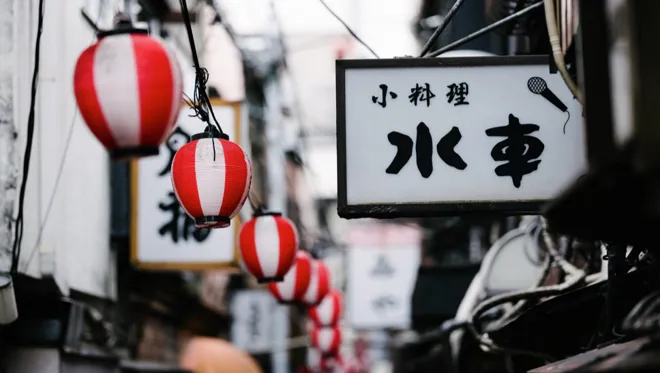
Tokyo street view A city of the past

Kenta Hayashi Guitarist and artistic musician

Easy access An information point in Tokyo

The Yamanote Tokyo’s most important train line
Japanese cuisine has great regional variations. The hearty dishes of the mountains are dramatically different from the delicate sushi for which the coast is famous. Then there are the noodles: Japan’s top ramen pilgrimage sites are Fukuoka, where the speciality is tonkotsu (pork bone) ramen, and Sapporo, where the specialty is miso ramen. The food is intensely seasonal, meaning you can visit at a different time of year and experience totally new tastes.
Words Vidula Kotian Date 04 October 2020
The Originals Yoshitaka Nojiri
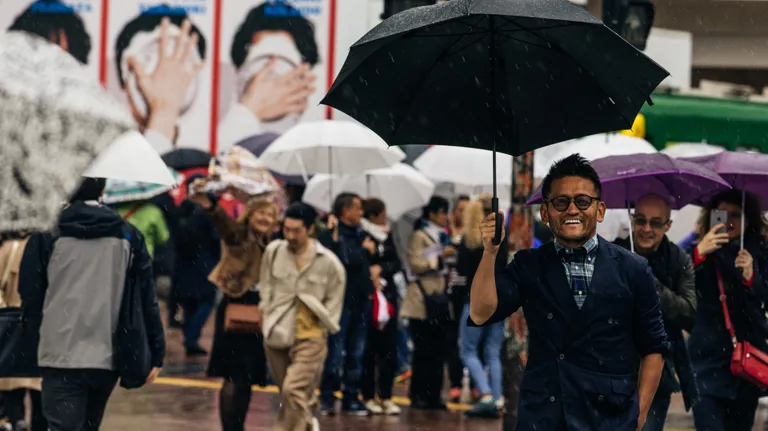

Soaring mountains, city oases, and remote beaches, to forests that invite Shinrin-yoku or forest bathing—Japan has it all. Immerse yourself in its sights, sounds, and smells with these five distinct walking guides. Click below and off you go.

Destinations
As we assess all that we’ve taken for granted this year, we found that travel is high on that list. We are dreaming about traveling through Japan but find that it’s also become important to ask how and why. Inspired by the unique Japanese aesthetic of wabi-sabi, we decided to peer into this captivating land through this special lens.
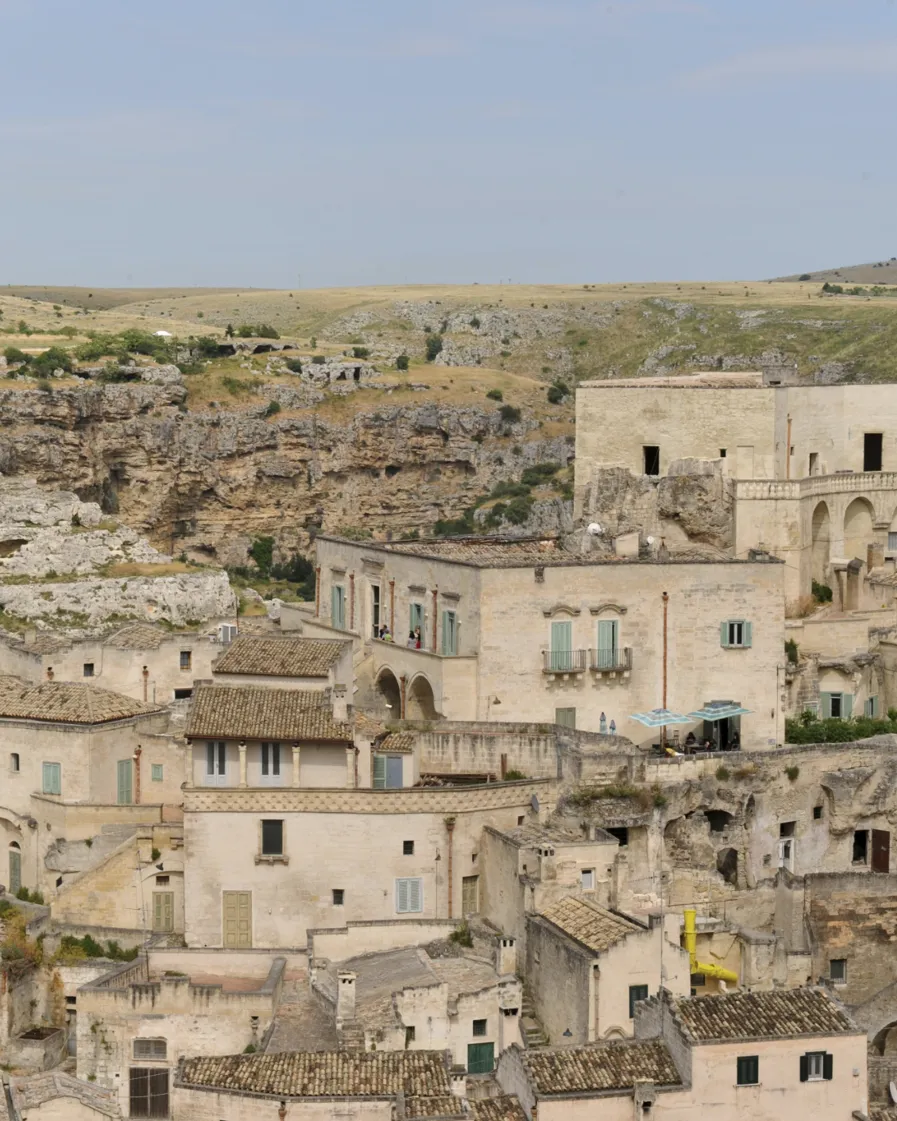
Design
As the weather cools in the global north, we bring you a roundup of hotels with bare-bones aesthetics that help you grasp the vastness of one’s own solitude.
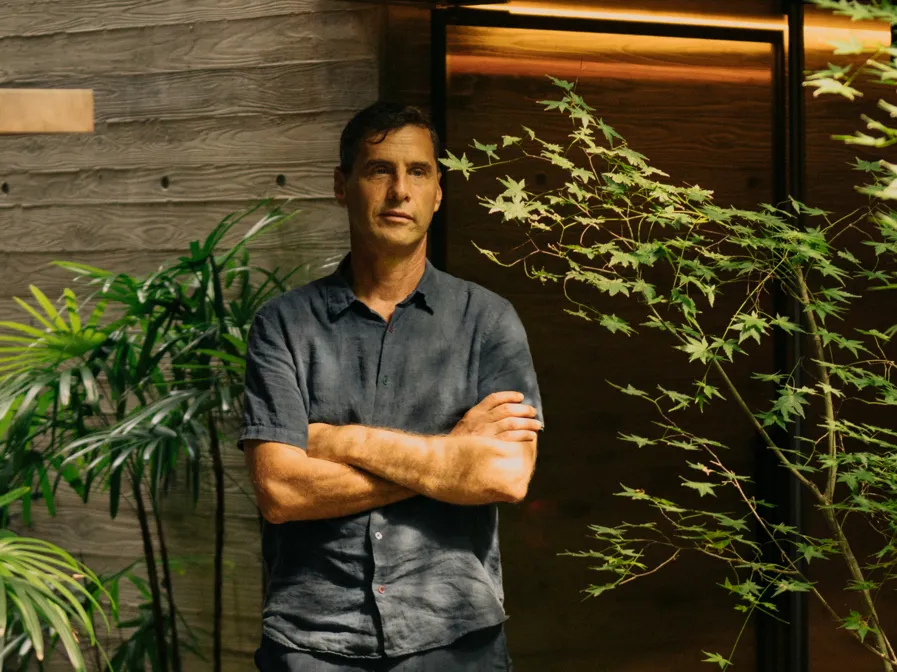
Originals
“The experience of everyday life, your interactions, everything affects the way you perceive things.”
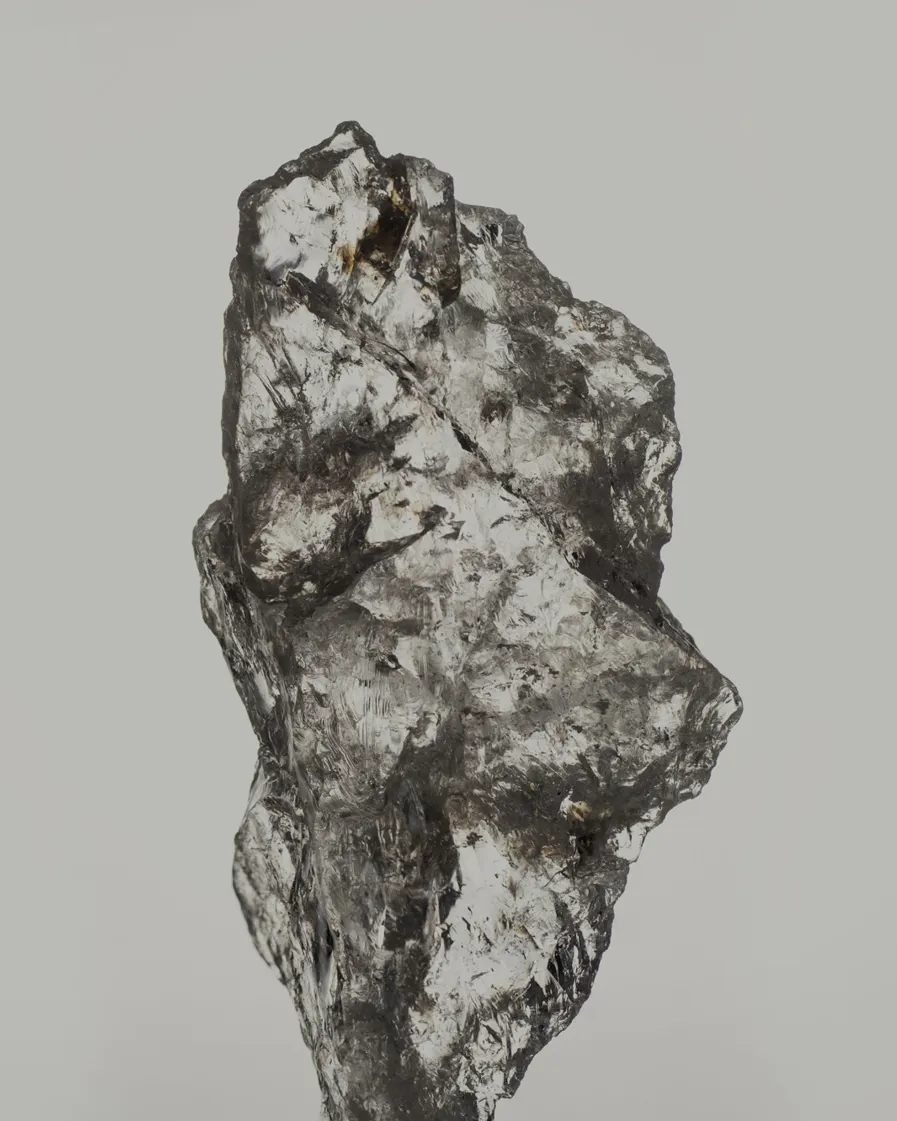
Design
“Foolish the doctor who despises the knowledge acquired by the ancients,” Hippocrates wisely said—and we couldn’t agree with him more. Ancient wellness practices such as Ayurveda and traditional Chinese medicine advocate a holistic view on wellness, connecting the body with the mind and working with local plants and herbs to take you to a new dimension of health.
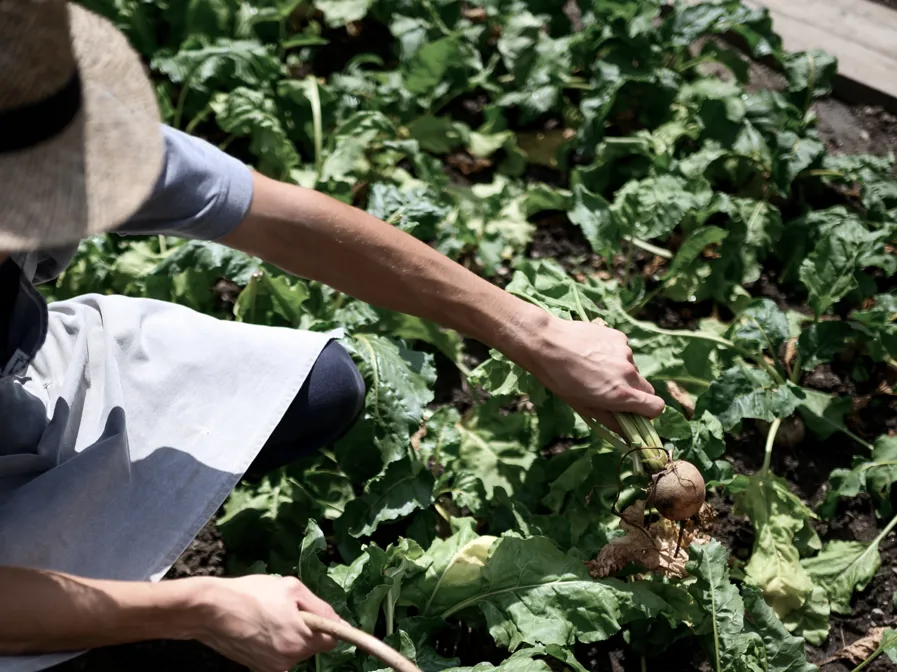
Food
The farm-to-table movement has been around longer than most of us think. It started as a counter cultural ethos in the 1960s to the ubiquity of canned goods in the postwar period.